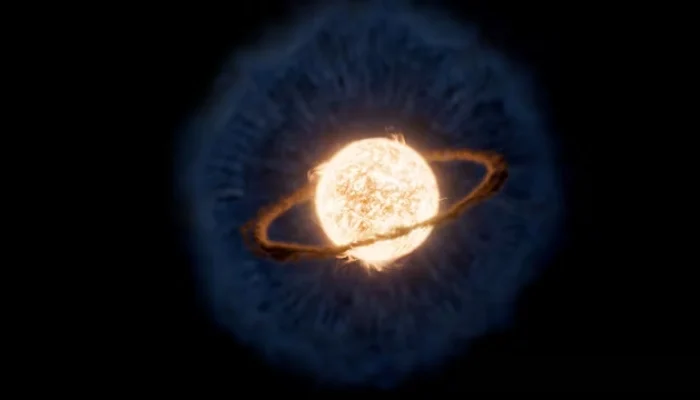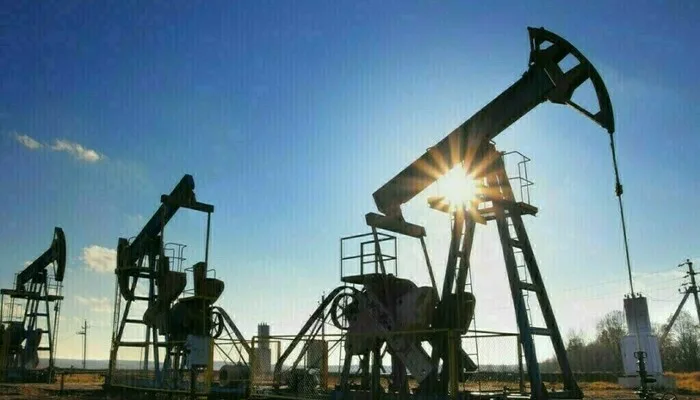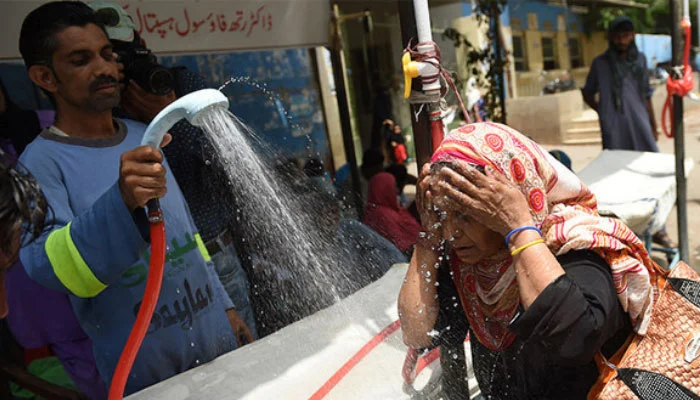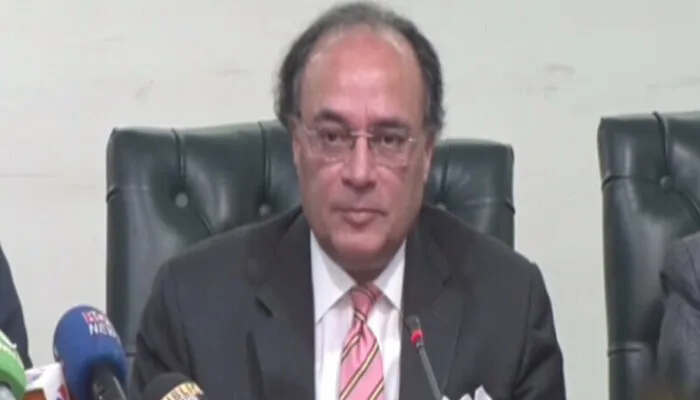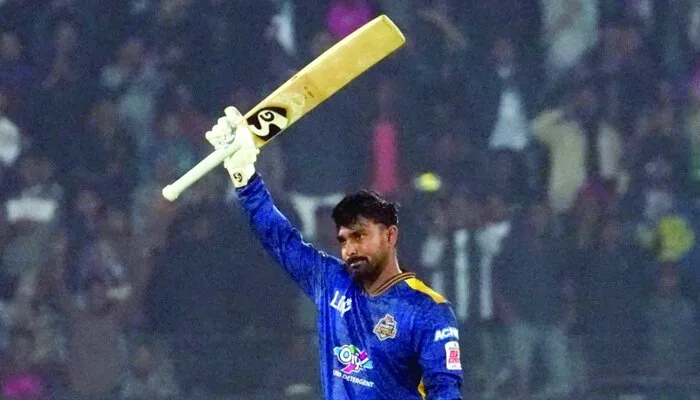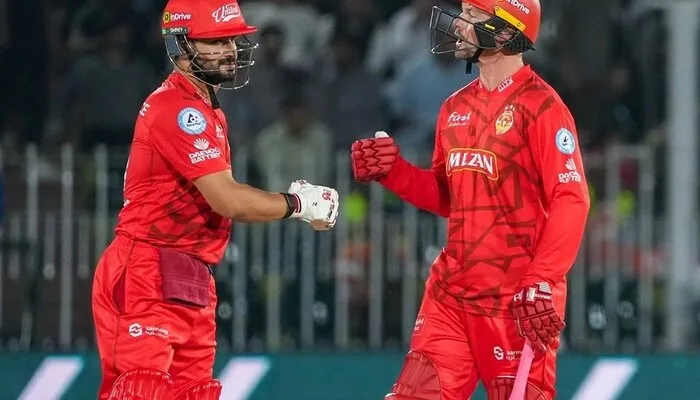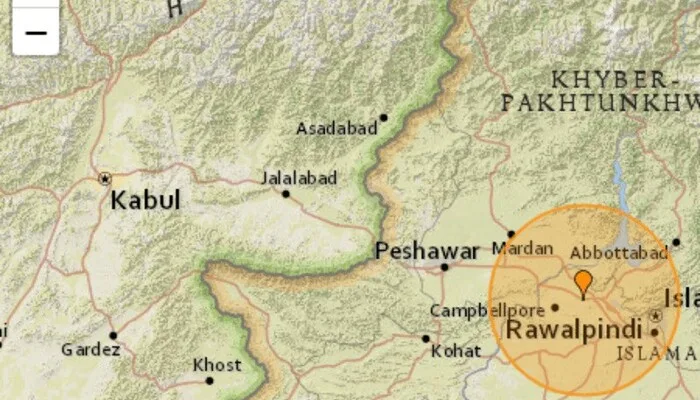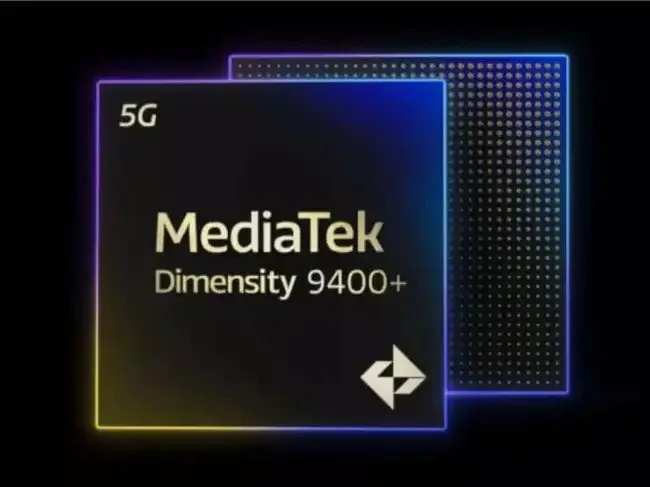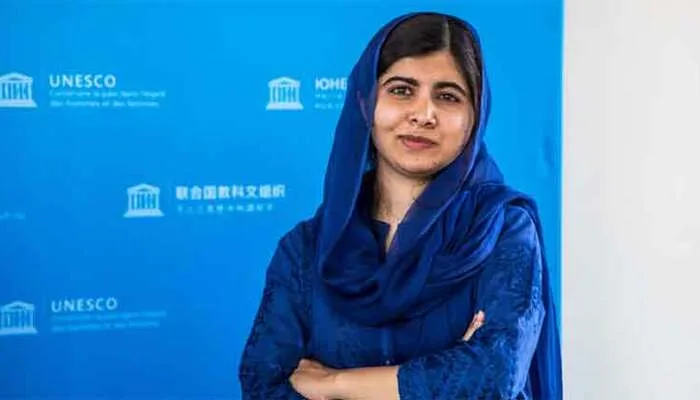Tensions remain high as nuclear negotiations between Iran and the United States officially began in Muscat, Oman, marking the latest attempt to resolve growing concerns over Tehran’s uranium enrichment and the threat of potential conflict. The discussions come after US President Donald Trump’s recent announcement that talks would resume, following years of strained relations and increasing nuclear activity by Iran.
A Diplomatic Opening
On Saturday morning, Iran’s delegation, led by senior diplomat Abbas Araghchi, arrived in Oman and quickly met with Omani Foreign Minister Badr Al-Busaidi. Iran’s state media reported that Araghchi shared Tehran’s key positions and demands to be relayed to the US side.
Later that afternoon, US envoy Steve Witkoff, fresh from a meeting with Russian President Vladimir Putin in Saint Petersburg, was seen arriving at the Omani Foreign Ministry. The two sides began indirect negotiations through Oman’s mediation soon after.
Indirect Talks, Direct Stakes
Esmail Baghaei, spokesman for Iran’s Foreign Ministry, confirmed on social media that “indirect talks” had officially commenced. He explained that both delegations were seated separately, exchanging views through the Omani hosts. Appearing later on Iranian television, Baghaei emphasized Iran’s intentions to protect its national interests while giving diplomacy a fair chance.
“The goal is clear — secure our nation’s interests and push for the lifting of sanctions,” he said. “This is the beginning. We don’t expect long sessions, but foundational positions are being presented.”
Read: Witkoff Meets Putin to Discuss Ukraine War Truce, Brings Message from Trump
Core Disagreements Remain
At the heart of the negotiations are two major issues: uranium enrichment and sanctions relief. Iran’s nuclear stockpile has grown significantly since the US withdrew from the 2015 nuclear deal under Trump in 2018. Today, Tehran holds uranium enriched up to 60%, just short of weapons-grade.
While the US pushes for dismantlement and tight restrictions, Iran insists on maintaining its enrichment capabilities — possibly up to 20% — and demands relief from crippling economic sanctions. Araghchi, speaking to Iranian reporters, stressed that the talks focus solely on the nuclear issue and must be balanced to serve Iran’s national interest.
“If there is sufficient will on both sides, we’ll set a timeline,” he said. “But it’s still early. These are indirect negotiations, focused strictly on nuclear matters.”
Conflicting Claims on Dialogue Format
Though Iran maintains the talks are indirect, both Trump and Witkoff have previously called them direct. Witkoff, in a recent interview, outlined the US’s stance. “Our position begins with dismantlement,” he stated, while also hinting at room for compromise. “There can’t be weaponization. That’s our red line.”
The discrepancy between public statements highlights the fragile and politically sensitive nature of these talks, especially amid mounting international pressure and regional concerns.
External Pressures and Risk of Escalation
As negotiations unfold, Israel continues to issue stern warnings. Prime Minister Benjamin Netanyahu has floated the idea of a “Libyan solution” — forcefully dismantling Iran’s nuclear program — though such a plan is unlikely to gain traction. Iranian leaders, including Ayatollah Ali Khamenei, cite Libya’s fate as a cautionary tale against trusting US-led disarmament deals.
With global eyes on Muscat, the nuclear negotiations could either de-escalate a long-standing standoff or deepen the divide between Washington and Tehran. The outcome, while uncertain, will shape the regional and international landscape for years to come.
Follow us on Google News, Instagram, YouTube, Facebook,Whats App, and TikTok for latest updates



